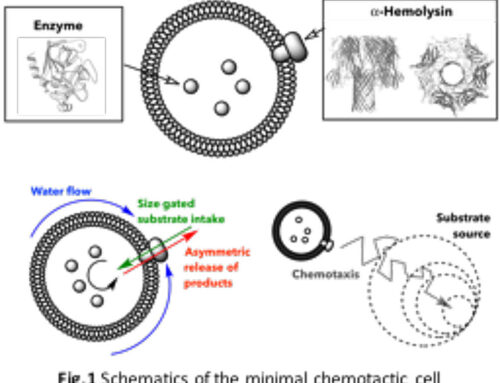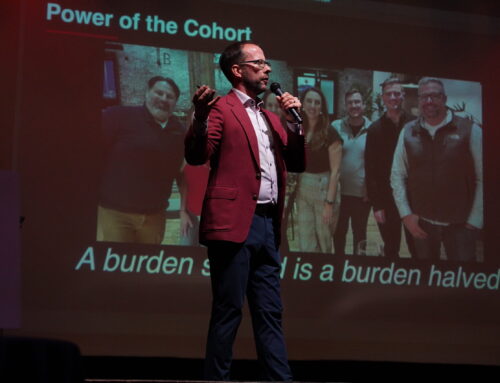Solar project melting away energy costs for Sydney cold storage facility
July 6, 2025
Sunshine is helping a storage facility in Sydney, N.S., reduce its power bill by up to 40 per cent.
Eskasoni Cold Logistics stores frozen, cold and dry goods, which can include anything from satellite dishes to blueberries, but the bulk of its storage is frozen fish products.
Thanks to the recent addition of more than 1,300 ground-mounted solar panels through a government-funded solar energy initiative, up to 40 per cent of the facility’s energy use is offset by solar power. The project was celebrated with a ceremonial ribbon cutting on June 23.
“The fact that we’re just using natural sunlight to drive power is a good thing,” said co-owner Jim Gillis.
ADVERTISEMENT
Gillis and his brother Allan purchased the facility in 2017 in partnership with the Eskasoni First Nation. Steve Parsons, the CEO of Eskasoni’s corporate division and the lead on the community’s renewable energy efforts, says the project resulted from another partnership between Eskasoni and Natural Forces Solar, an independent renewable energy power producer in Halifax.
That partnership qualified the storage facility for the solar panel installation under the province’s Green Choice Program, which aims to help large-scale electricity customers transition to clean energy.

According to Eskasoni’s corporate division, the 583-kilowatt solar system was the result of a $1.85-million investment, with $1.1 million from Housing, Infrastructure and Communities Canada, $570,000 from Eskasoni, $128,000 from the province and $72,000 from Efficiency Nova Scotia.
Parsons said the facility can store up to 2.3 million kilograms of frozen fish products, which requires a constant temperature of about –23 C. The facility also provides live lobster storage and can hold up to 113,000 kilograms at once. The lobsters require a constant filtered water flow at about 3 C to remain dormant.
ADVERTISEMENT
Parsons said the cost to run those systems adds up, so the solar energy project will make a big difference on the monthly bill.
“Based on the estimates and our typical, average sun patterns, we should be able to save 35 to 40 per cent on an ongoing, consistent basis,” he said.
That represents about $8,000 a month, Parsons said, noting the project has created jobs in the community as well, with 10 band members trained as certified installers of solar ground-mount systems.

Gillis, who is also general manager of Live Stor Sydney, which operates out of the facility, said the solar system was only brought online a few months ago, but it’s already making a difference on the power bill and the building’s efficiency.
The facility still relies on Nova Scotia Power for at least 60 per cent of its energy consumption, but Parsons said he hopes there will be more clean energy opportunities for the facility in the future.
ADVERTISEMENT
Gillis is also excited about what lies ahead.
“I know it’s new, the solar panel systems are starting to crop up. I see them a lot on houses now,” he said. “So I think it’s the future and no time like now to jump on.”
MORE TOP STORIES
Search
RECENT PRESS RELEASES
Related Post



